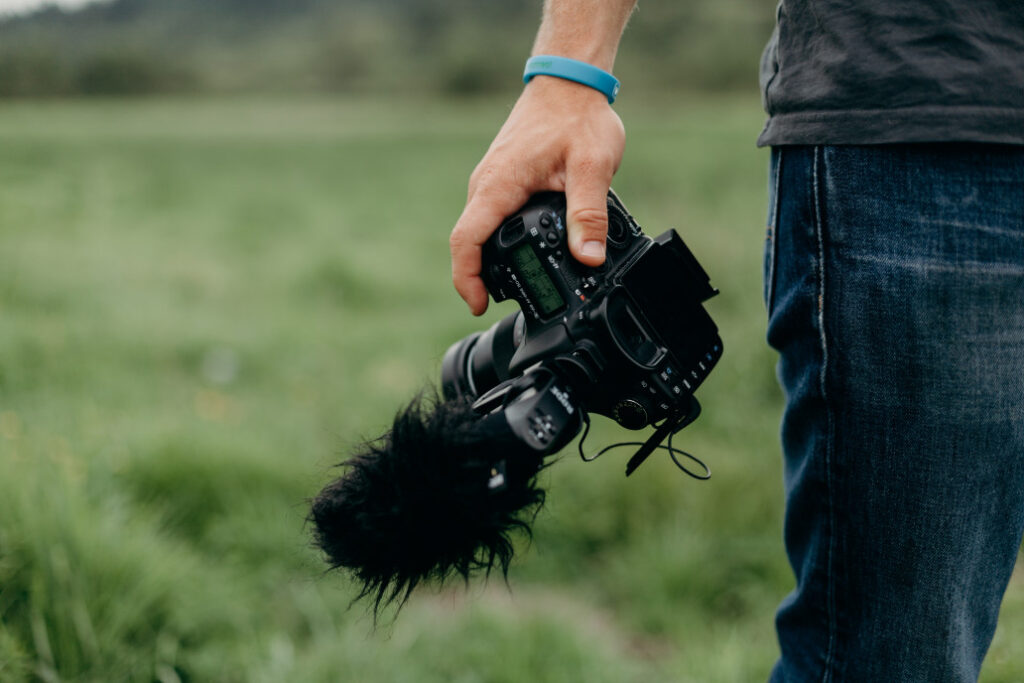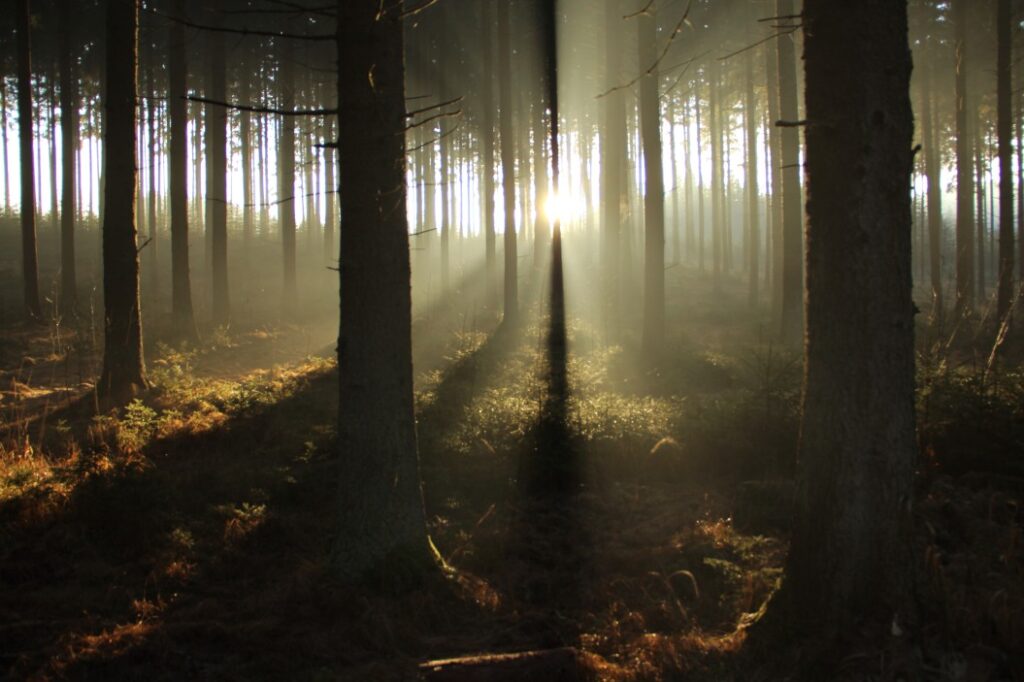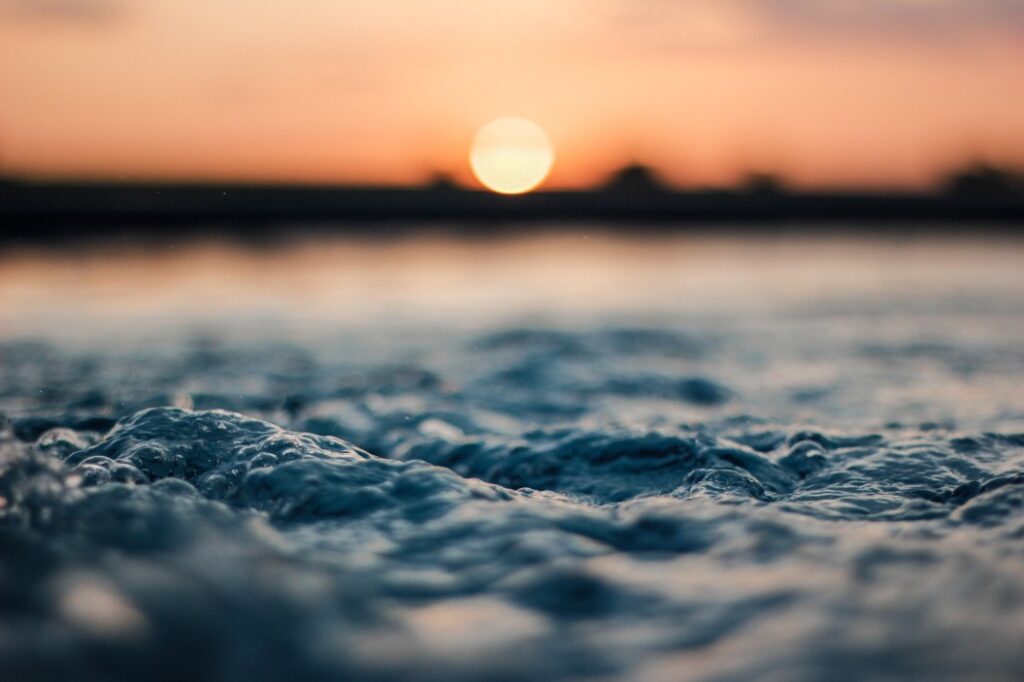Looking for ways to raise finance to buy a new Camera without going broke? Consider renting or using a store credit card. Visa and Mastercard can be used to open store-branded credit cards. They may be subject to monthly payments and offer an interest-free period. You’ll be charged interest if you don’t pay the balance on time. But these options are relatively easy and flexible. Read on for more information.
Rent-to-own
If you want a new camera but don’t have the money to pay for it outright, consider using rent-to-own to raise the finance to buy it. Renting the camera for a few months is possible if you are certain you won’t use it right away. Then, pay off the money with no interest charges. If you pay off the camera before the end of the promotional period, you’ll never be charged interest again.
It is easy: You can use a store credit to pay for your camera. Many stores offer lease-to own plans. The card can be used anywhere Visa or Mastercard is accepted. The store will then report your payment history on the major credit bureaus. You may have to provide a credit card number, as well as documentation that you have a steady income. Also have to establish a bank account to qualify for a lease-to-own plan. You can also opt to pay more than the suggested retail price for your camera.
You’ll be able to offer the latest technology to clients. Clients will assume that you will rent their equipment. If you’re unsure, consider whether the client is right for you. In any case, ensure you buy a camera that you can afford and enjoy using. You can always sell it if you aren’t satisfied with your purchase.
If you’re unsure about your ability to make a down payment, consider renting for a while. Rent-to-own deals often give you a few months to raise the money you need for a down payment. Because each month’s rent-to-own payment will help you save money for the down payment. However, you can choose to buy the camera at a later date when your credit has improved.
Credit card for stores
If you’ve been wanting to purchase a new camera but don’t have the money to purchase it outright, store credit cards may be an option. These cards can be used at the store itself or anywhere Visa or Mastercard is accepted. They typically require monthly payments and some cards may be exempt from interest for a limited time. You will be charged interest if the balance is not paid in full by the due date.
Shop at stores that offer store credit cards to be pre-qualified. This trick requires you to make purchases in a store that accepts credit cards, and when you do, a pop-up offer will appear. After clicking this, you will be taken to an application page that allows you to complete the purchase details. This process can be slow, but it can also lead to a high credit score.
FlexShopper
If you’re thinking about buying a new camera but don’t have the money to buy it outright, there are options that will allow you to raise the money you need. Many online companies offer financing via their websites. FlexShopper is one of these companies. It works just like a lease, where you apply online for a credit line and then make purchases from a personal shopper. These personal shopper services will help you buy items from large retail brands like Apple and Nike. They’ll also help you return products you don’t like.
All you need to apply for a FlexShopper Account is your income and bank details. The application takes only five minutes and only requires your name, address, bank account number, and bank account number. The company will link your bank account with FlexShopper and decide whether to grant you a credit line. You’ll receive a decision immediately. The application process is quick and easy.
Once you have been approved, sign up with FlexShopper for a 12-month lease and start browsing the available options. FlexShopper will send you a weekly payment schedule and a lease contract. When your payments are completed, you own the product. After 52 weeks, all you have to do is notify FlexShopper and return the product in perfect condition. You can also get a new camera without making any payments at all.
FlexShopper has a high credit score and is highly rated in the Better Business Bureau. There are many scams and predatory lenders in finance. It is important to carefully review all offers. FlexShopper is the best choice for camera financing because it offers many options that will suit your needs. You can choose the payment plan that suits your budget best. If your credit is suffering and you need help Peronal Tradelines has Tradeline Sales. This will improve your credit quickly.
Adorama
The best way to raise finance to buy new photography gear is by selling your photographs. Although this can be difficult, it can help you build a recurring income stream and expand your photography kit over time. Advertise on social media, in the homes of your colleagues, and in local businesses. Selling your images to clients is a great way to make a living and learn a new skill.
If you do not have the cash to pay full price up front for the camera, you can look into special financing. These can have different terms. The amount you pay may be an estimate. However, the lender will inform you if the loan amount is changed. This type of finance does not have any hidden fees or late fees. Many camera shops offer financing plans that allow you pay the entire cost in a few months. This makes it possible to purchase the camera you want.



